- Lifestyle
The strange sleep habits of 6 brilliant people
So as it happens, genius and weird sleep habits often go hand-in-hand. (By this logic, cats are probably the most brilliant creatures on Earth.)
While some of the following geniuses had some pretty strange circadian rhythms, all were especially particular about their routines, which as we know is key to proper sleep hygiene.
Leonardo da Vinci followed a polyphasic sleep schedule known as the Uberman (or übermensch for those of you who enjoy a good umlaut). The Uberman sleep cycle consists of taking six 20-minute naps every four hours for a total of 2 hours.
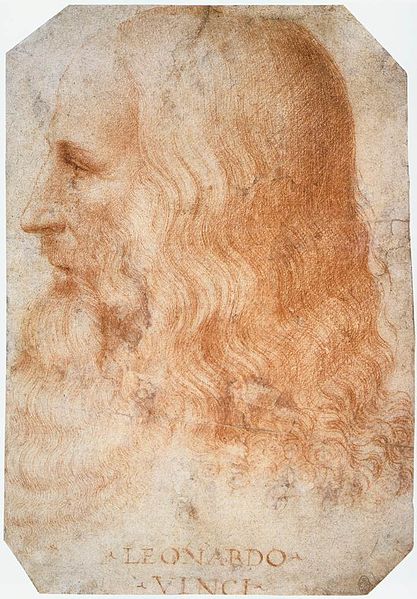
Nicola Tesla was a fellow Uberman and would also reportedly curl his toes 100 times on each foot before sleep, believing that it stimulated brain cells.
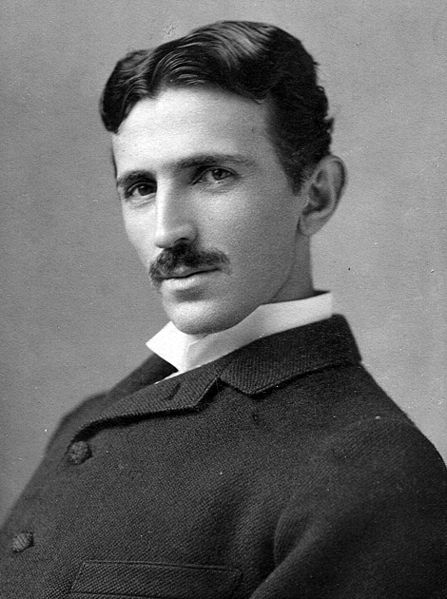
Emily Brontë was plagued by insomnia and would walk circles around her dining room table until she fell asleep (presumably in a bed and not under the table, but who knows).
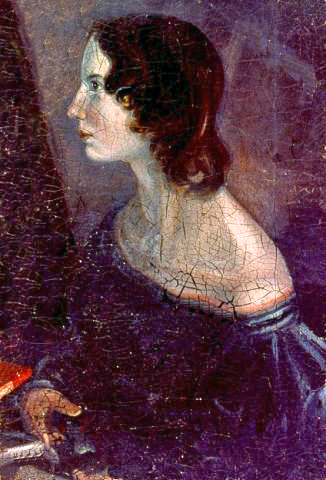
Charles Dickens carried a navigational compass with him at all times to ensure that he was always facing north while he slept. He believed that this practice improved his creativity and writing (and perhaps his ability to always know what direction he was facing at any given time).
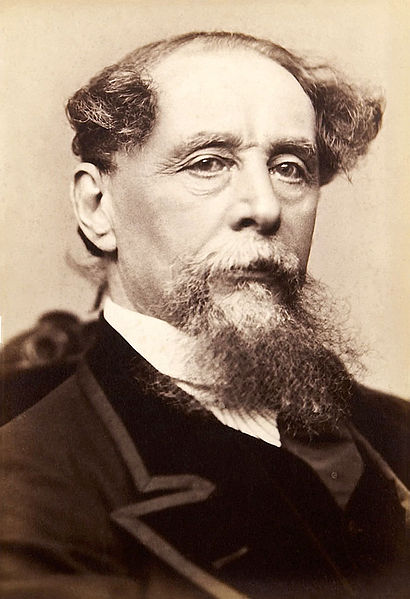
Salvador Dalí thought sleep was for the birds, or you know for all the other organisms that actually need to sleep for more than one second at a time. He would nap in a chair with a key in his hand above a plate, and the second he fell asleep the key would fall, hit the plate, and wake him up. Similar to the Uberman cycle, it is a form of hypnagogic sleep that Dalí felt enhanced his creativity.
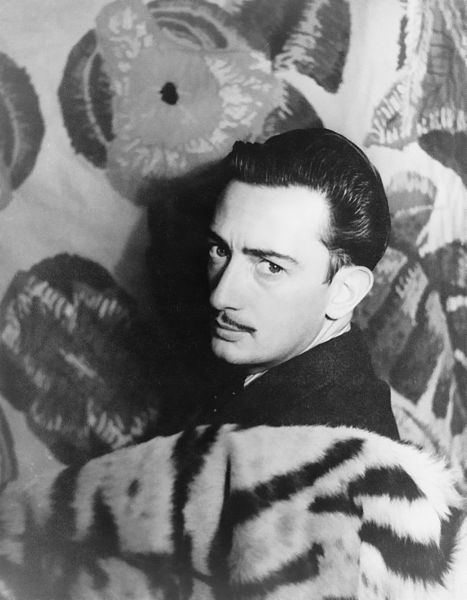
Flannery O’Connor slept from 9pm to 6am every day, which is not very interesting although somewhat strange, since most of us are bedtime procrastinators (and not 6 year olds with regular bedtimes). She knew the value of a regular sleep schedule as did the rest of these creative geniuses who didn’t mess around with their rhythms.
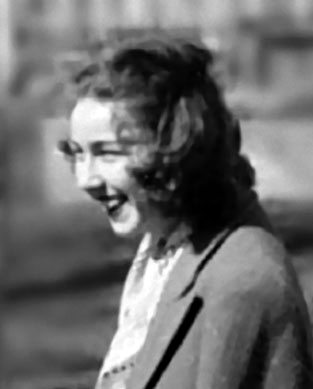
Photo by: Cmacauley
Freelancers, strange sleep habits? Share them!
